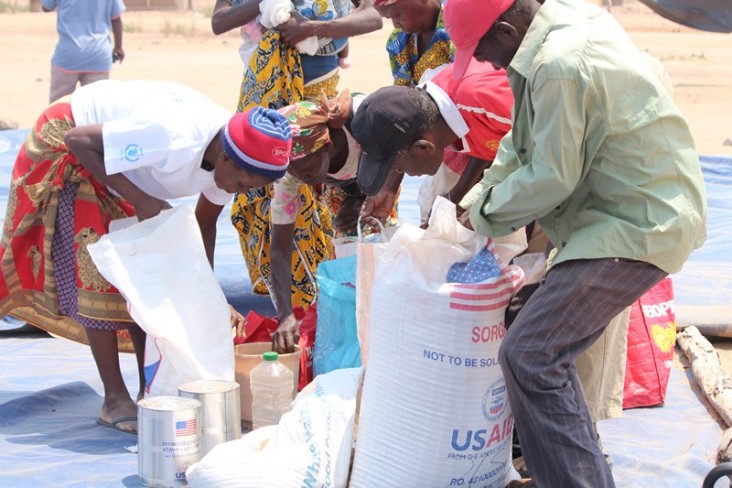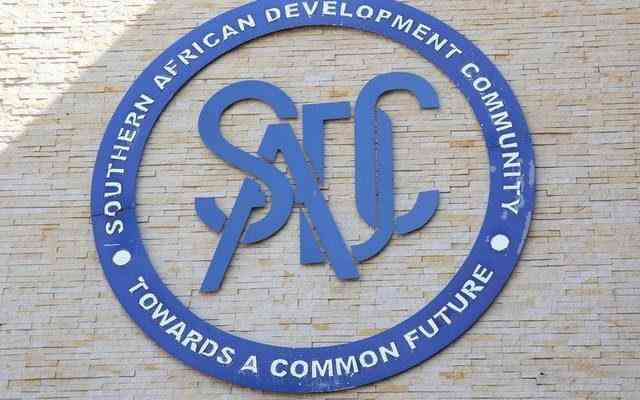
By Naledi Ramontja ZIMBABWE, once regarded the breadbasket of southern Africa, exporting agricultural produce to the region and beyond, is on the verge of famine and chronic malnutrition is endemic throughout the country.
Unlike other countries where food insecurity is viewed as mostly a rural problem, Zimbabwe has a history of food security issues in the urban areas too. According to the 2021 Zimbabwe National Vulnerability Assessment Committee report, 60% of Zimbabweans face acute food insecurity — about 5,5 million in rural areas and 2,2 million in urban areas. Basic food prices keep increasing to such an extent that most urban residents cannot afford to buy food.
In Zimbabwe, the farming sector produces 60% of the country’s maize crop on which the livelihoods of millions of people depend. It accounts for 40% of Zimbabwe’s gross domestic product and for many people who live from hand to mouth it is a safety net providing income, food security and employment.
Cause of food insecurity
Zimbabwe has become food insecure as a result of government policies that have failed to support sustainable food production over the years. These policies turned the country from a net exporter to an importer of basic staple foods such as maize. Because most of the food is imported, people are susceptible to external food shocks and rising food prices, and most of their income is spent on food.
The high food prices led to more people reducing consumption levels and opting for less nutritious foods. Successive droughts, climate change, increases in oil price and socio-economic problems contribute to Zimbabwe’s current food crisis. The low rainfall experienced in most districts of Zimbabwe resulted in poor harvests, and the recent Tropical storm Ana is likely to result in a low harvest in 2022.
In addition, COVID-19 uncertainties and disruptions, which led to severe food shortages in urban and rural areas are expected to continue through 2022, with growing fears that hunger could kill more people than the virus. Measures such as lockdowns and curfew contributed greatly towards the prevention of the spread of the virus but closure of the informal economy led to household income reductions and significant declines in food production.
Over the years, a number of government policies and interventions have been implemented to address food insecurity. These policies include the national nutrition strategy and the national policy on drought management, which is aimed at creating jobs, supporting agri-businesses and expanding agricultural production.
- Chamisa under fire over US$120K donation
- Mavhunga puts DeMbare into Chibuku quarterfinals
- Pension funds bet on Cabora Bassa oilfields
- Councils defy govt fire tender directive
Keep Reading
In addition, Zimbabwe’s Food and Nutrition Council is supporting people in rural areas to reduce chronic malnutrition. Not to forget the co-ordinated efforts of civil society and aid organisations in providing humanitarian relief in the form of food parcels, cash transfers and food vouchers to the needy.
The reason government policies do not work is food politics, corruption, poor policy implementation and a lack of unity among political parties.
Recommendations
The government, in collaboration with development partners and aid organisations, must transform agricultural and food systems policies to achieve the United Nations sustainable development goal of zero hunger, good health and environmental sustainability. In light of growing vulnerability of maize to weather conditions, a shift from maize monocropping to include grains could boost crop production.
Localising nutritious fresh produce food markets could integrate local farmers into the economy by allowing them to sell their produce in urban markets and supermarkets and increase their customer base and income.
The government needs to take steps to reduce the country’s dependence on imported food, particularly maize, and to support alternative crop production such as millet and sorghum, which are more nutritious, tolerant to different weather conditions and require less fertilizer than maize.
There is also a need to invest in infrastructure that enhances agricultural output. Furthermore, food systems can be strengthened by having resilient trade negotiations to cut the high costs associated with exporting food and to prevent future food shortages. The African Continental Free Trade Agreement is making progress in that area, by implementing free trade in Africa.
- Naledi Ramontja works for the Institute of Pan-African Thought and Conversation at the University of Johannesburg, South Africa











